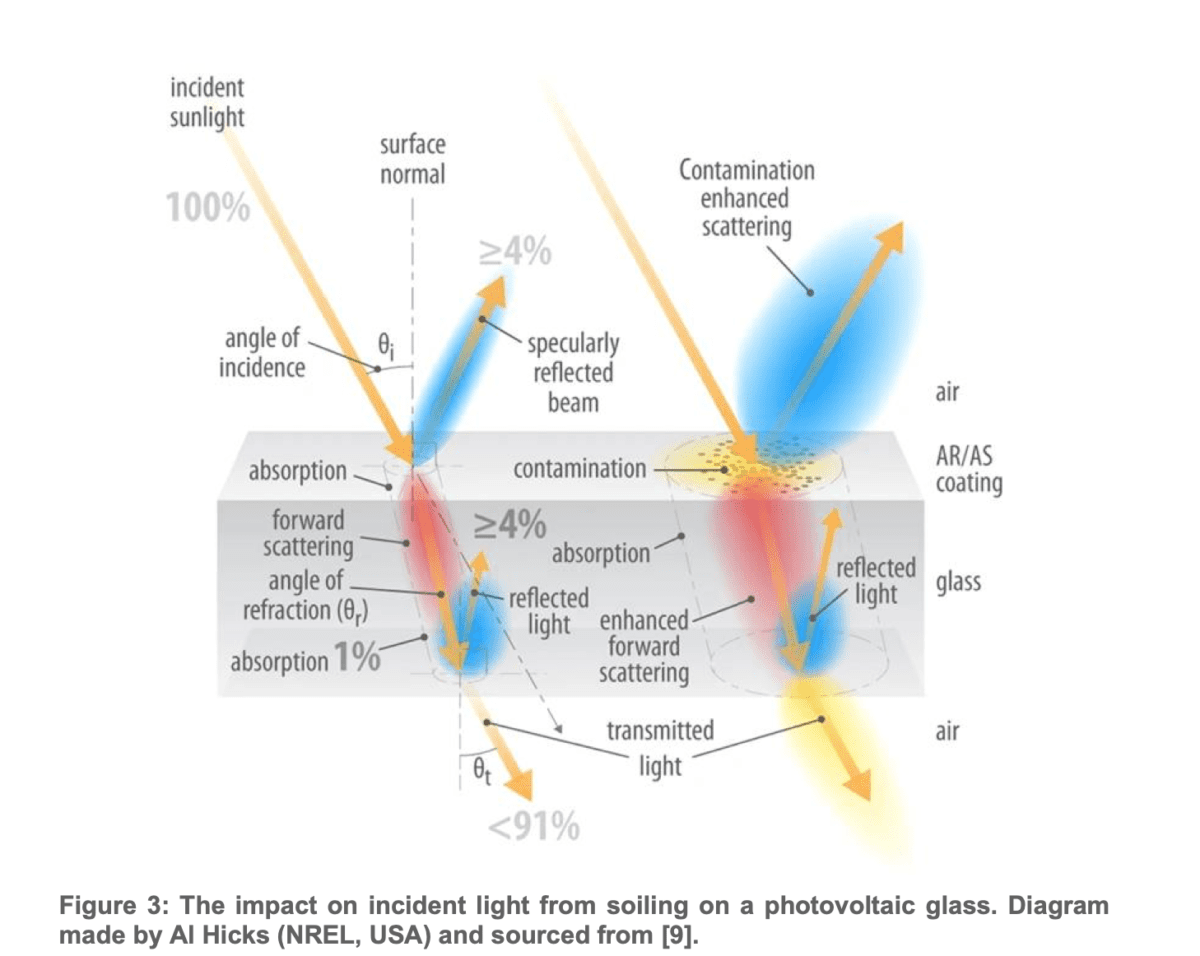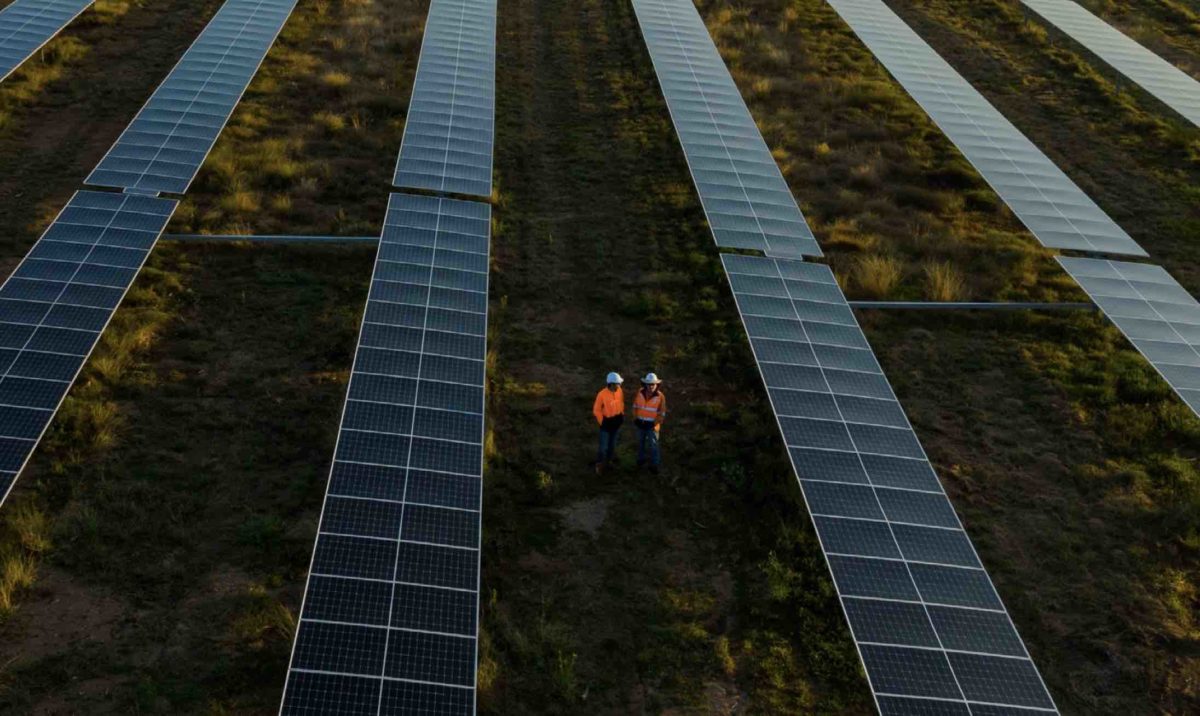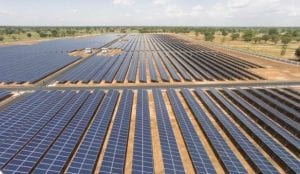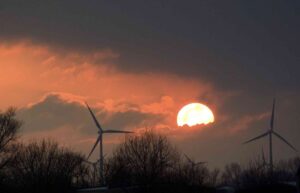A new report from the International Energy Agency PV Power Systems Programme has found soiling of solar cells – the accumulation of materials like dirt and dust on the surface of the modules – is blocking the light from the sun reaching parts of the cells, reducing their output by 3 to 5 per cent.
In arid conditions the impact is worse thanks to the high dust levels, much like those experienced across vast swathes of Australia. That’s why the report is considered particularly resonant for Australian PV industry.

“With a high portion of Australian PV plants in dry or arid environments, prone to dust and soiling, the monitoring of soiling rates is critical to determine the best time to clean and mitigate the economic impacts of soiling,” said report co-author and Australian PV Institute member David Parlevliet.
The report finds that soiling is the single most influential factor impacting solar system yield, generating losses of around 3-5bn euros (between AU$4.5-7bn).
The report also finds that soiling affects more regions than just those that are arid or equatorial, with high latitude regions suffering from snow related soiling.
It also finds that because PV soiling is “highly heterogenous”, in other words because the sources and types of soiling particulate can vary widely, it can only be accurately assessed and managed by using multi-sensor networks.
Soiling particulate can come from all sorts of sources, including welding fumes, wind-blown dust, diesel-engine exhausts, pollen, soot, coal dust, bacteria and viruses and paint pigments.
Compounding the problem, soiling can vary widely between sites and between seasons, and the level of water present can impact the way soiling happens – whether it’s cemented on in humid conditions, or caked on when dew forms.
It’s timely, then, that last week $2.5 million of ARENA funding was awarded to a UNSW project, headed up by Professor Ziv Hameiri, that will develop an automated decision-making platform for the operation and management of utility-scale solar power plants.
The machine-learning based system will, it’s hoped, streamline the efficiency of these plants, in particular by investigating and mitigating soiling rates.










